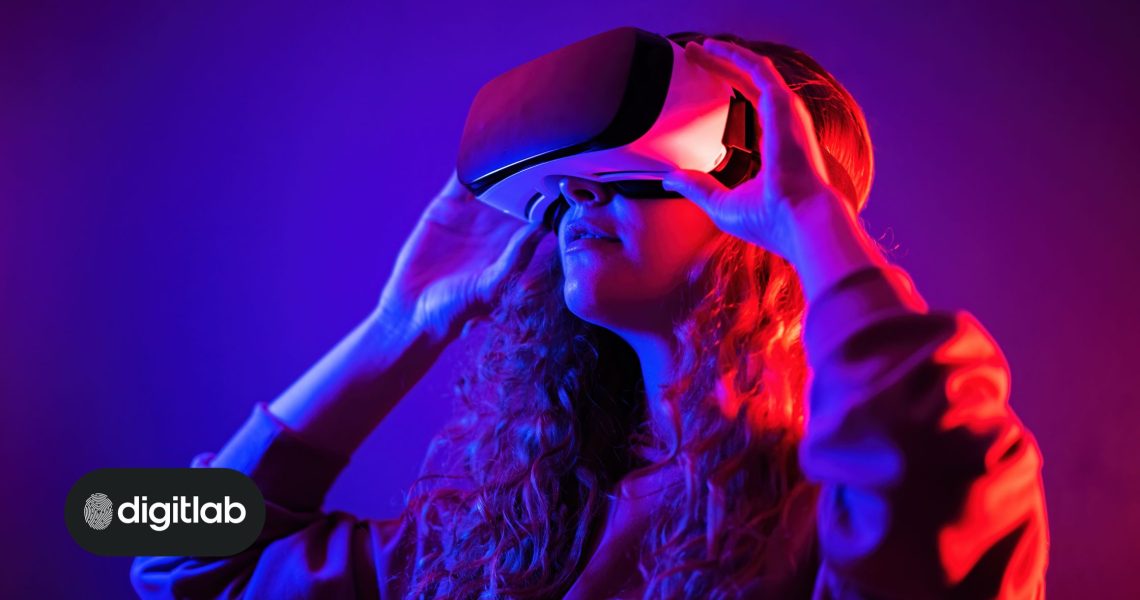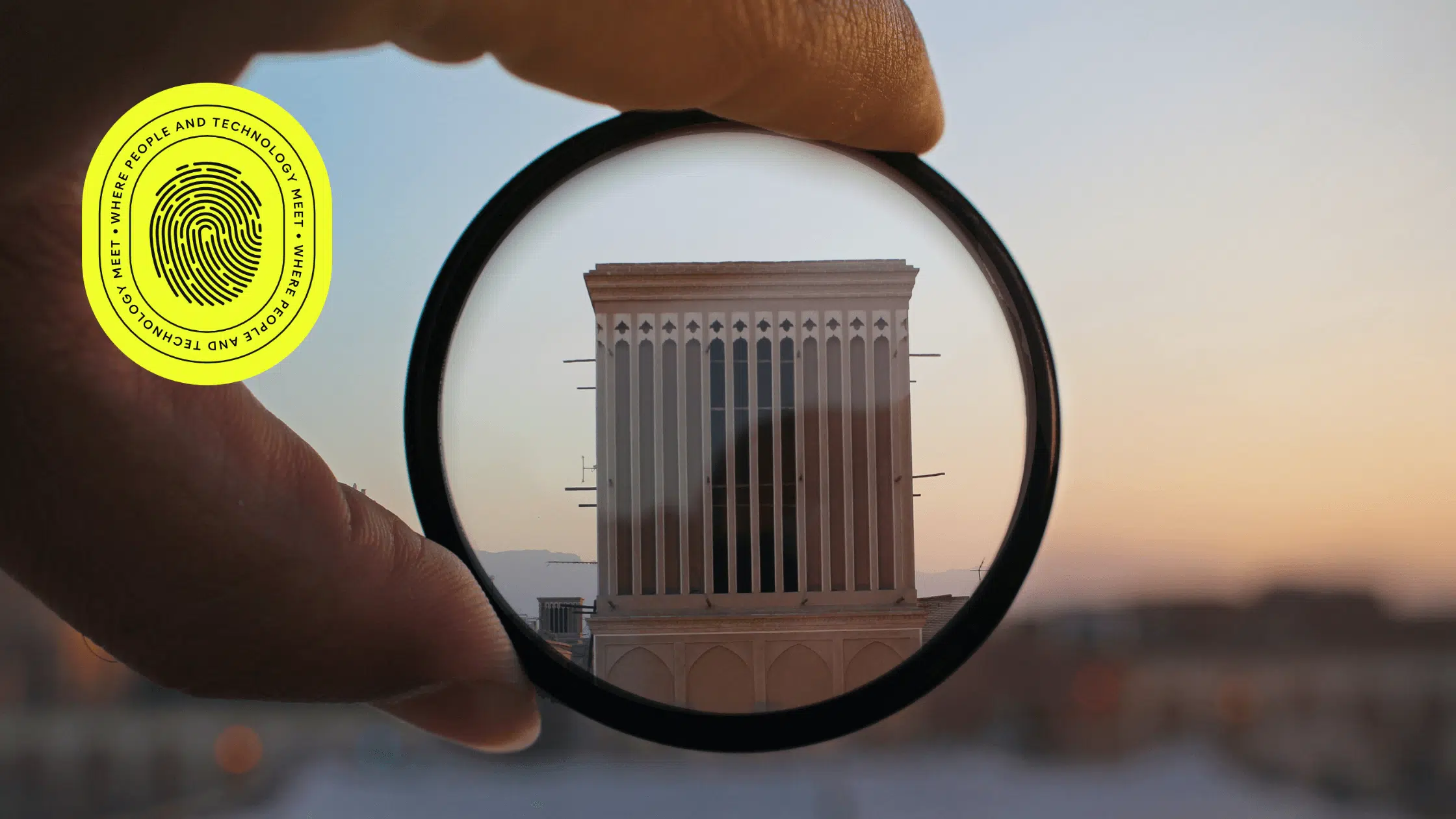Mixed reality combines elements from both VR (virtual reality) and AR (augmented reality) to create an immersive, interactive experience. It combines the best of both worlds – the deep immersion of VR and the integration with real-world objects in AR – into a single, compelling experience.
Mixed reality is used in various ways, from gaming to marketing. But many are asking: could mixed reality be the future of the Metaverse? This article explores the potential of mixed reality in the Metaverse and what the implications of its usage could be.
What is Mixed Reality?

Mixed reality (MR) is an immersive technology that combines virtual and augmented reality elements.
While VR is entirely digital, and AR superimposes digital content onto the real world, MR merges these two realities. It creates an entirely immersive experience that allows users to interact with digital content naturally.
Mixed reality allows for a richer and more engaging user experience than either VR or AR alone. It has the potential to revolutionise the way we interact with digital content and could be the first step towards creating a true ‘Metaverse.’
Current Developments In Mixed Reality
Today, companies across the world are exploring the possibilities of MR.
Microsoft has developed its Hololens platform, which allows users to interact with 3D holograms in their environment. This platform can be used for various purposes, from medical training to virtual architectural design.
French manufacturer Renault Trucks is one of the first companies to adopt the Hololens platform. They are using it to improve their quality control and training processes, allowing technicians to diagnose and repair problems quickly.

Other companies are also exploring the potential of MR in entertainment and gaming. For example, Magic Leap is developing an immersive platform that will allow gamers to experience games in a whole new way – by actually being inside them.
Google’s ARCore platform is also exploring how MR can be used to enhance the user experience. For example, its Lens technology allows users to point their phone at an object and get contextual information about it, such as its name or origin.
Lufthansa launched an app in 2018 that uses augmented reality to allow passengers to view the contents of their carry-on luggage before they board a flight. This helps them avoid potentially embarrassing incidents caused by carrying dangerous items onboard.
Merchandising is one of the most exciting applications of MR. Companies are now using it to create interactive, immersive shopping experiences.
For example, Walmart and Wayfair have developed apps that allow customers to “try on” products before purchasing them. This helps customers make better purchasing decisions and reduces the need to return items.
Snapchat disrupted online retail with their augmented reality platform, Shopping Lenses. Users can view products, and interact with them before purchasing the item. They can do this from the comfort of their home, making shopping a fun, convenient experience.
These current developments in mixed reality clearly indicate that there’s big money to be made with the right innovation.
Challenges And Limitations Of Mixed Reality
Many challenges could prevent mixed reality from becoming the future of the Metaverse. Any company planning to utilise mixed reality should be aware of these obstacles. They include the following:
Cost
The cost of developing MR technology is still prohibitively high for most companies. The hardware and software needed to create an immersive experience can be expensive, as can the professional development teams required to build it.
To prevent this, companies must find ways to reduce the cost of MR technology. Possible solutions involve using existing technology or open-source platforms and exploring new financing models.
Privacy And Security
The privacy and security of user data are major concerns in any digital platform. In an MR environment, this concern is amplified due to the amount of personal information collected.
Companies must ensure that the data they collect is not used for malicious purposes and that users have control over how their data is shared with third parties.
Reality Is Still Preferred Over The Virtual World
Despite its potential, many people prefer the real world over the virtual one. Companies must find ways to make MR more appealing by making it more immersive and engaging. For instance, they could develop realistic graphics, audio, and haptic feedback. Additionally, companies must create content tailored to the user’s preferences.
Stay Ahead Of The Metaverse With Digitlab
The Metaverse is set to disrupt the way we interact with technology. Companies must stay ahead of the curve and leverage this emerging technology to create immersive experiences that appeal to both enterprises and consumers.
At Digitlab, we understand the potential of MR. We are well-positioned to help our clients get ahead of the Metaverse. Our team understands AR/VR development and can help plan and execute immersive experiences for any purpose.
Whether it’s a medical training system, a virtual shopping experience, or an augmented reality game, Digitlab can help make your project a reality. Contact us today to learn more about our MR development services.





